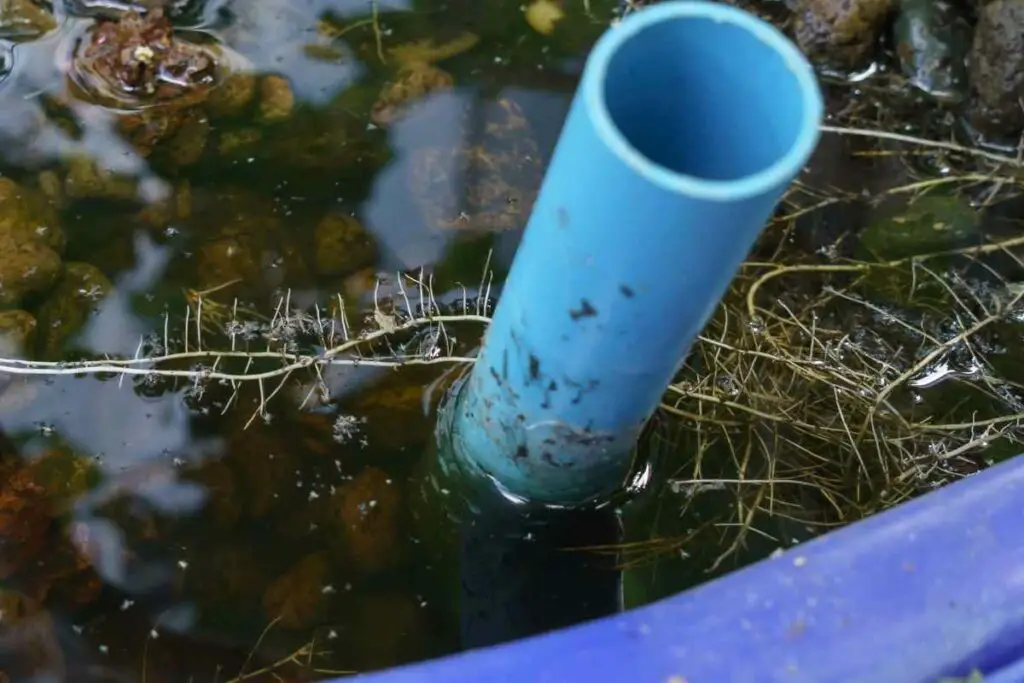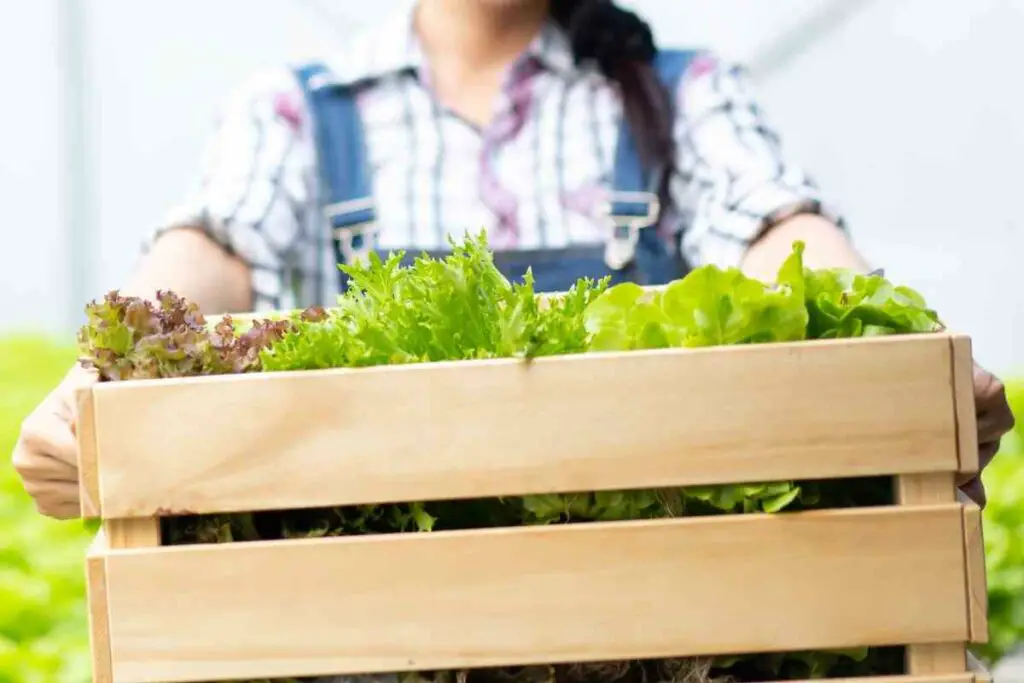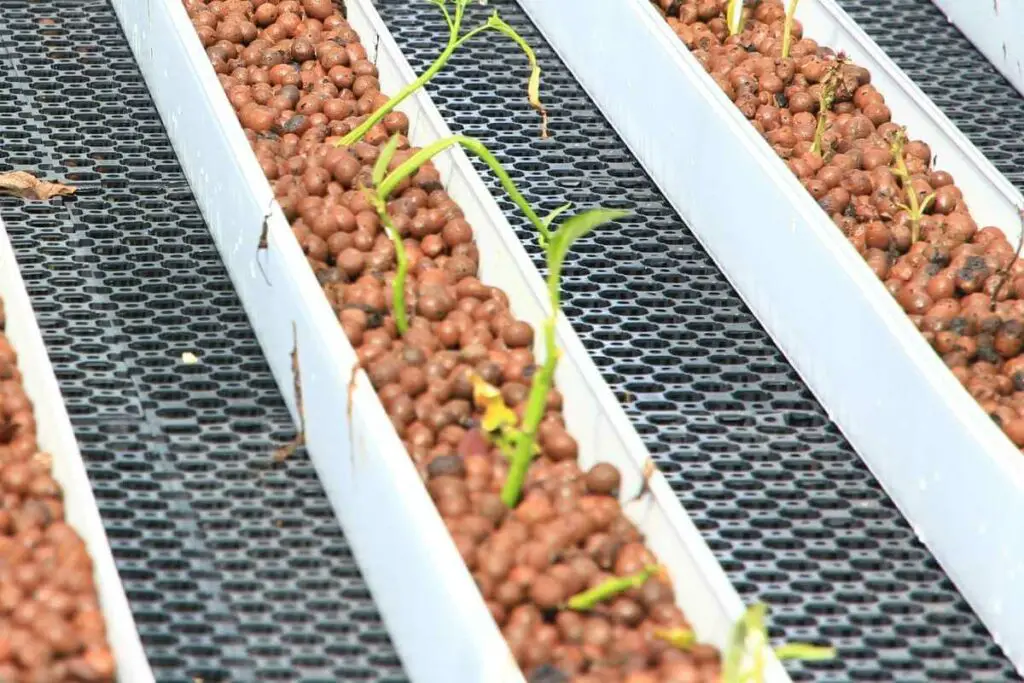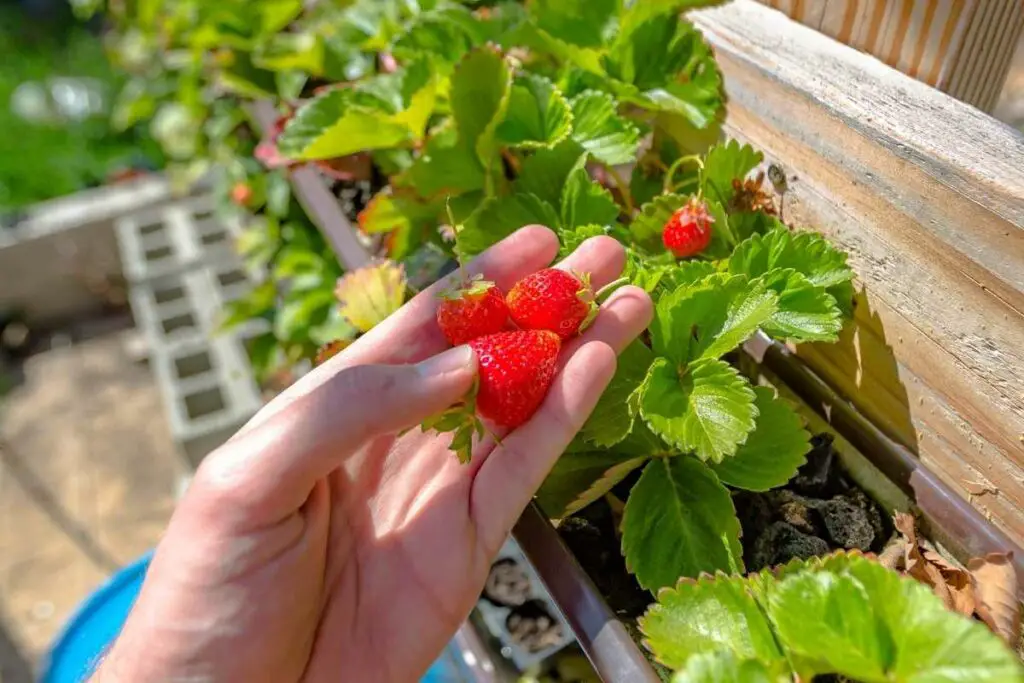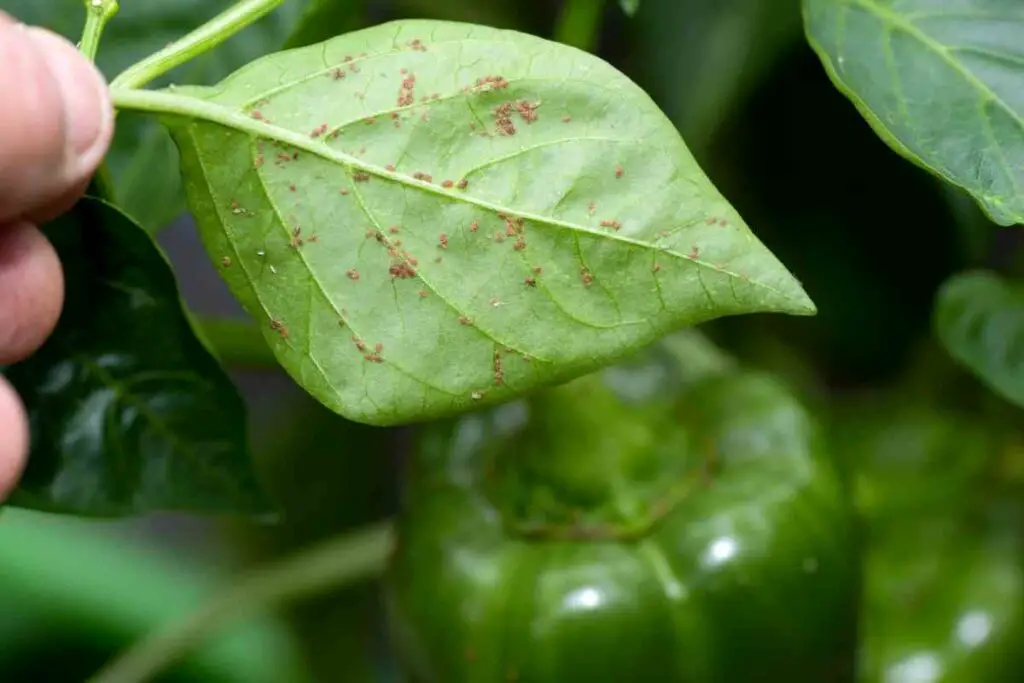Have you ever wanted to grow watermelon hydroponically?
Watermelons are an extremely popular snack, especially in hot countries, where their high water content makes them a valuable resource.
Growing them via hydroponics is a great way to enjoy this fruit every summer, but how do you do it?
You will need to think about the pH value, the nutrient levels, the lighting, the temperature, and a support structure, among other things. However, growing watermelons in this way is reasonably easy once you are set up and prepared, so it’s well worth having a go.
Hydroponic System
Before you can start, you need to make sure that your system is suitable for growing watermelons in. Fortunately, most hydroponic systems are.
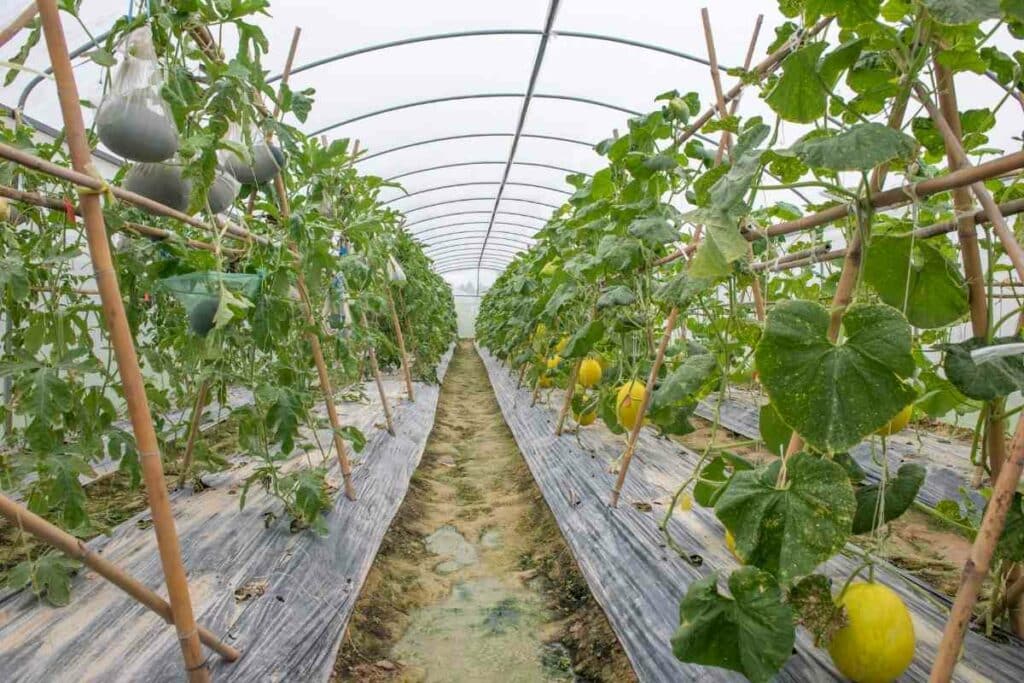
Ebb and flow systems are the best if you want to grow more than one watermelon plant, however.
This is because it has just one reservoir to provide the nutrients to the plants, so you don’t have to spend too much time checking that each individual plant’s needs are met.
If you don’t have room for an ebb and flow system, don’t worry.
You can grow a couple of watermelon plants in a floating hydroponic system, although you should be aware that you will have to spend time checking the nutrient levels for each plant.
This can be quite labor-intensive.
Trellis or Other Support Structure
As well as all the other usual requirements associated with growing plants hydroponically, watermelons will need a support structure to grow up, or they will end up in a mess in the water.
You will also need to support the watermelons as they grow, or they will simply snap off the vines before you are ready to harvest them.
You can use old tights to help support the fruits, and tie these to the trellis at the back of the hydroponic unit.
Key Takeaway: Make sure both the plant and the fruits have enough support to keep them upright.
What Nutrients Are Needed?
A general purpose fertilizer is usually fine for watermelons.
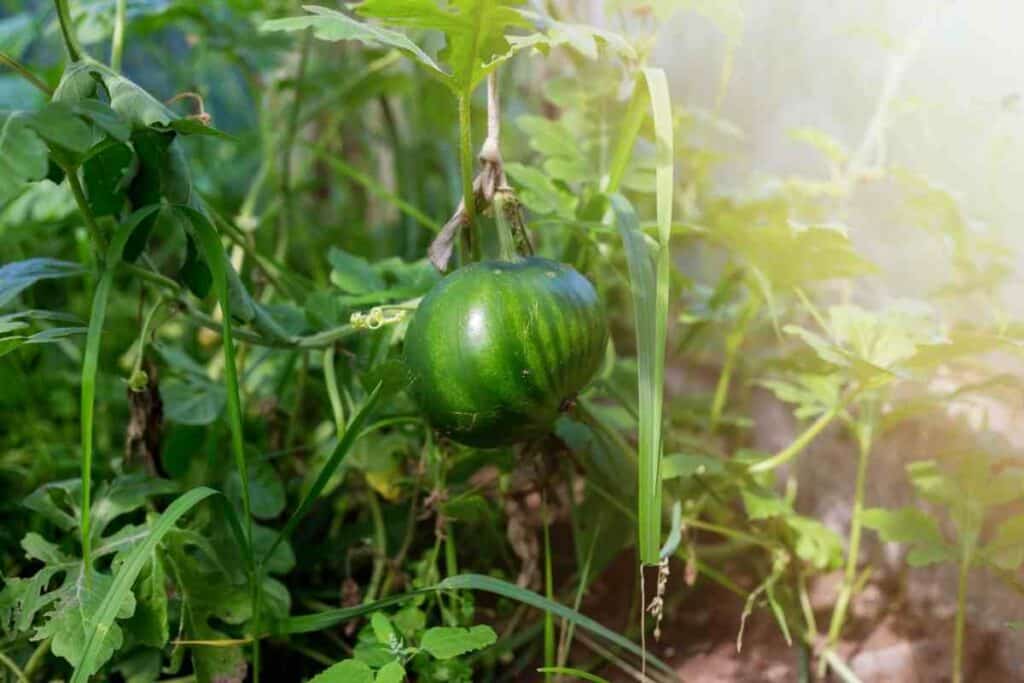
Start with a lower level of nutrients, and as the plant grows, slowly add more.
This will ensure that you don’t end up with very concentrated nutrients in the water, but that the plant has plenty to eat.
Your specific plant will likely come with recommendations about the nutrients it needs, so read up about it, as watermelon plants can vary quite a lot.
How Much Light Should They Have?
Watermelons need a lot of light in order to grow and for the fruits to ripen.
If your setup does not have a lot of natural light, you will either need to add artificial grow lights, or choose other fruits, because watermelons require up to ten hours of light each day.
If they aren’t getting this, they won’t grow or produce fruits.
Growth Medium
Although your watermelon will be planted in the hydroponic system, you still need a medium for the roots to settle into.
You have quite a few different options here, and some people like to use gravel and sand.
Others prefer rock wool, pelleted shale, or pea gravel.
Ideally, however, you want a growing medium that retains water effectively.
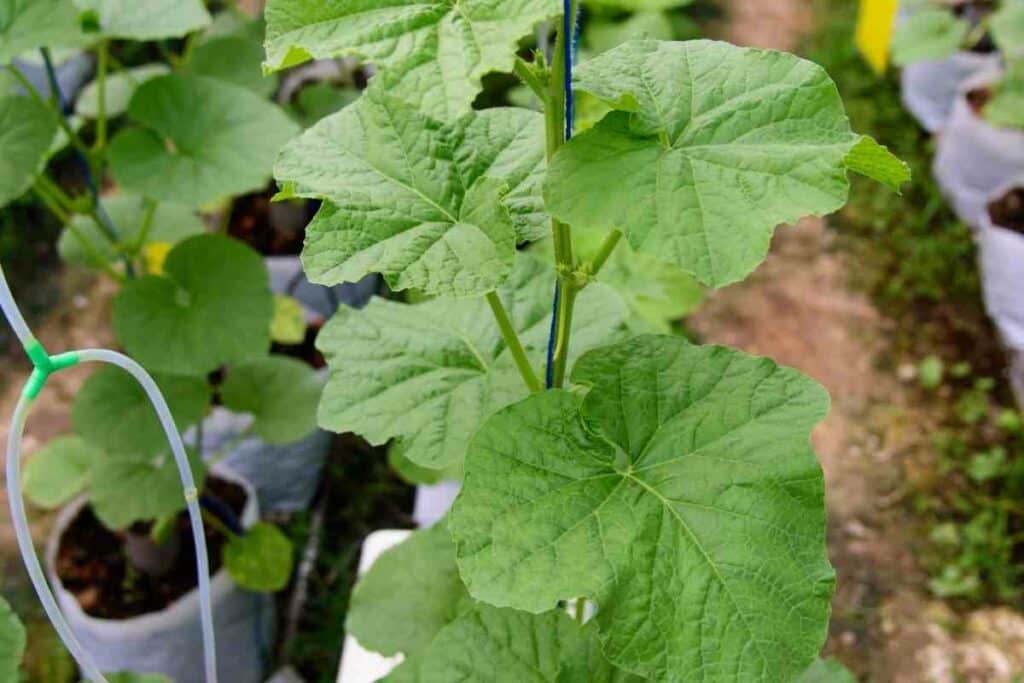
You can use coconut coir, pine bark shavings, or peat moss if you like.
Vermiculite is another good option, or you can choose an artificial growing media that has been specifically designed for use in hydroponics.
Remember, the water needs to be able to pass through the growing medium freely, so avoid dense materials or ones that will be washed away easily by the flow of the water.
If you are using something like sand, mix it with clay growth media to improve its water retention.
Space Requirements
Watermelons are big plants, and you might be wondering how many you can fit into your system.
If you crowd your plants together, they may grow into each other, making harvesting difficult.
They will also end up competing fiercely for water and nutrients, and therefore you will not get any strong plants, but lots of weak ones.
It is better to space them out, and you should leave around six to twelve feet between each plant. Smaller varieties may need less room, but don’t overcrowd them.
Having a few healthy plants is better than having lots of sickly, hungry ones.
Works Fine: You might find that you only have space for one watermelon, but don’t worry; you will get lots of fruit from it!
Temperature Requirements
Watermelons do not like the cold. You should aim to keep them around or above 70 degrees F at all times.
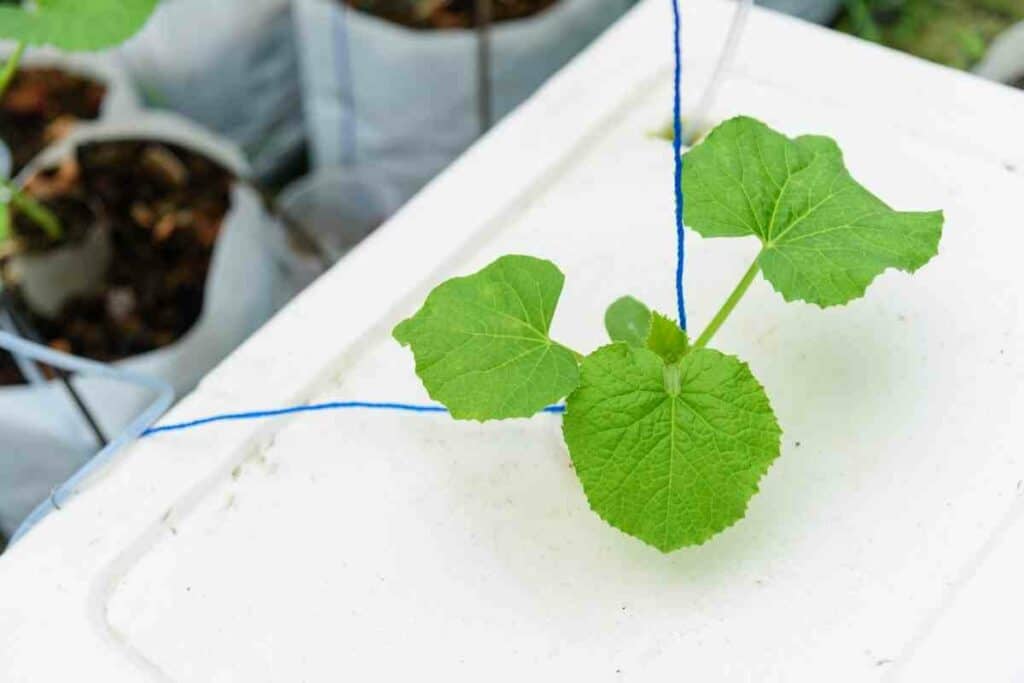
If you know that temperatures are going to drop significantly, perhaps to below 60 degrees F, you should insulate your plants with layers of wool or some other material to protect them from the frost.
Do not plant watermelons if your hydroponics system is consistently below 60 degrees F.
Without warmth and sunlight, these plants will not grow effectively, and you will waste a lot of space for minimal or no results.
Don’t forget that the water temperature matters too, and this should also be around 70 degrees F most of the time if the watermelons are to thrive.
pH Values
The pH of the water is also important to consider, and you should aim for values between 6.0 and 6.8.
This keeps your watermelon happy and ensures that it can effectively absorb nutrients from the water.
If the pH value goes up or down, the plant might start to struggle with nutrient deficiencies, even if the nutrients are present in the system.
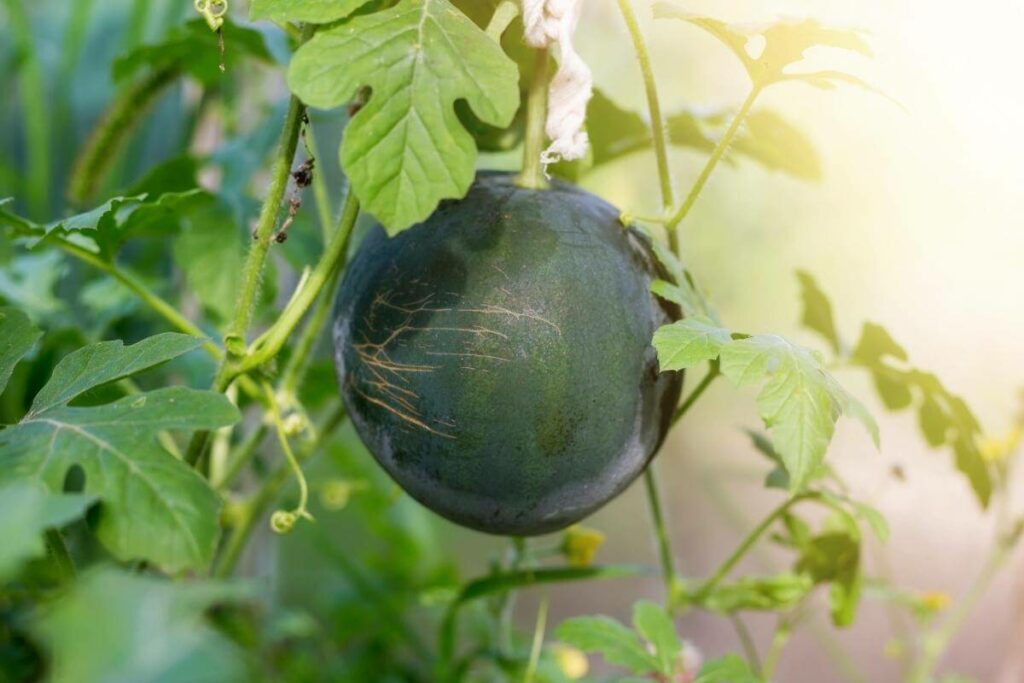
Conclusion
Hopefully, you now know how to grow watermelon hydroponics.
If you manage this effectively, you will have the best chance of enjoying their delicious fruits.
It’s important to do plenty of research because watermelons are a big commitment in terms of the space and light that they need, so you don’t want the crop to go to waste!
Make a list of all the areas that you need to consider, and check on these every few days.
Keep testing the nutrient levels in the water to see if the balances are being maintained.
